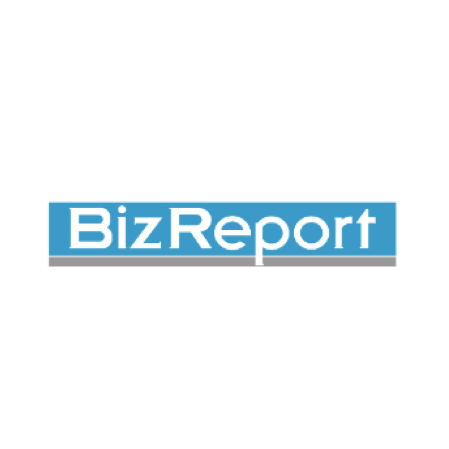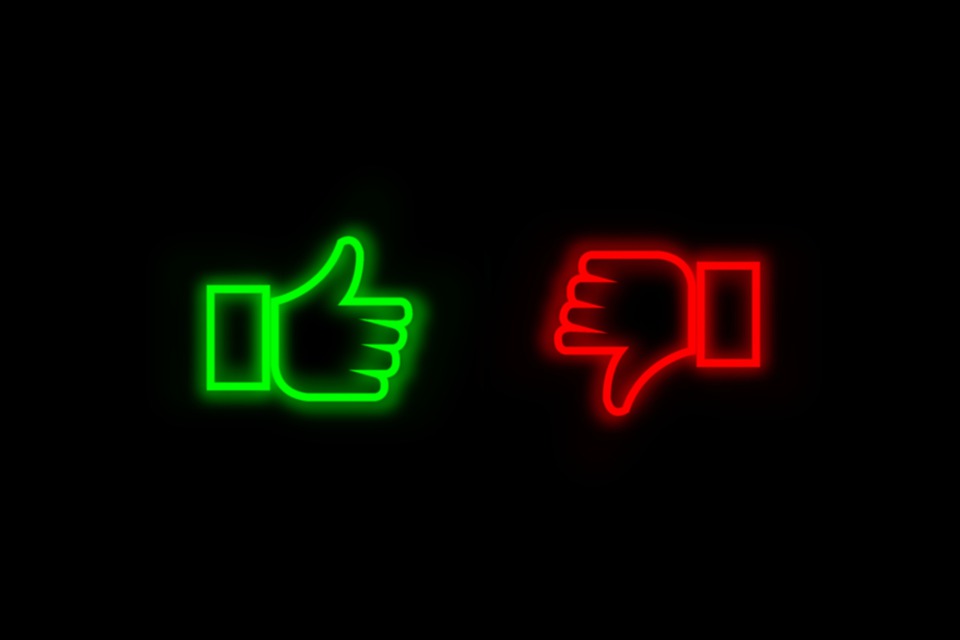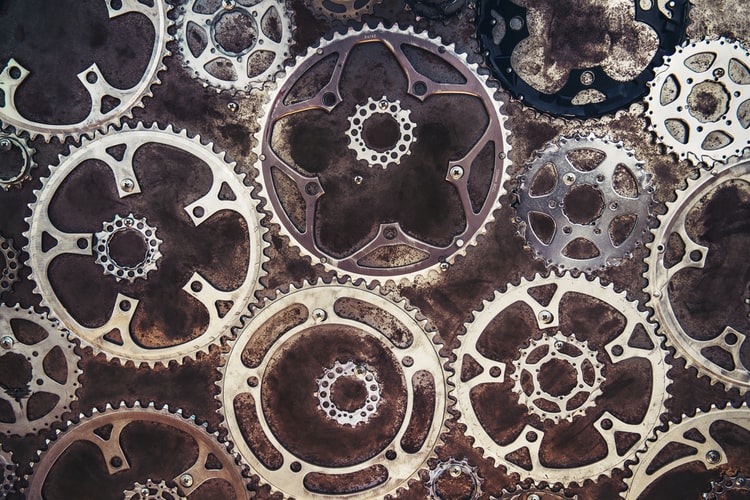There’s no overstating the potential impact of a successful digital marketing campaign. In fact, a sound digital marketing strategy can help your brand grow in the face of fierce competition and other challenges. Unfortunately, handling your own digital marketing in-house can also be extremely time-consuming, costly, and cumbersome.
Enter a digital marketing agency; with an integrated suite of digital marketing capabilities, a results-driven digital marketing agency can handle any and all aspects of your digital marketing strategy so you don’t have to. As a result, you can free up valuable time and resources to continue doing what you do best: running your business.
So, which digital marketing agency services should you consider outsourcing (if you’re not already)? We’ve got some suggestions.
7 Digital Marketing Agency Services to Consider Outsourcing
1. Paid Search Advertising
While paying for online ad space may seem like an antiquated concept, the reality is that paid search advertising can still be extremely effective when carried out correctly. The problem is that many business owners simply don’t have the time to fully understand the intricacies of paid search ads and how best to use them to their advantage.
The good news is you can outsource a team of search advertising experts that live and breathe SEM. From analyzing search signals and keyword intent to choosing the right advertising channel to reach your audience, they can do it all. And by taking this digital marketing task off your plate, you can spend more time on other aspects of your business.
2. Social Media Marketing
Many growing businesses these days ultimately reach a point where they need to hire a dedicated, full-time social media specialist (or team of specialists) to stay on top of their Facebook, Twitter, and other platform presence. If you’re still trying to handle your company’s social media accounts on your own, your business may be probably missing out.
From posting new content and replying to followers to getting involved in paid social media advertising, your social media marketing is not something you should be trying to handle alone. By working with a social media marketing specialist (such as our team at Digilant), you can save yourself a lot of time and hassle while enjoying the peace of mind in knowing that our professionals know today’s hottest social media platforms inside and out.
In addition to organic social media marketing, your social media team should also be well versed in up-and-coming paid advertising opportunities that are now being offered by popular social media platforms such as Facebook. No matter how big or small your advertising budget, a strategic digital advertising company will make the most of each dollar.
3. Search Engine Optimization (SEO)
Your brand’s search engine result page (SERP) rankings can have a very direct impact on growth and success. In fact, if your site isn’t currently ranking on the first page of search engine results, there’s a good chance you’re missing out on substantial web traffic from potential customers and clients.
Search engine optimization (SEO) is a great way to boost your search engine rankings and get your site listed towards the top of the results. It’s also a very cost-effective marketing service, with many SEO strategies requiring no more than your time and research.
Unfortunately, implementing a successful SEO strategy can be extremely time-consuming and confusing without the proper experience. Meanwhile, some SEO tools can be difficult to learn and use. Furthermore, using the wrong SEO techniques (such as “black-hat” strategies) can have the opposite impact harming your SERPs and possibly even getting your website de-indexed by Google or another search engine.
By outsourcing your brand’s SEO, you can let our team of professionals take this digital marketing agency service out of your hands and make sure it’s done right. Find a team that is well-versed in the most effective white-hat SEO strategies and is always staying on top of changes in search engine algorithms to help your brand rank as high as possible.
4. Paid Influencer Advertising
These days, more businesses are using paid influencers to spread awareness of their products and services. In fact, global brands are expected to spend more than $7 billion on social influencer marketing by the end of 2020 alone. However, navigating the ins and outs of paid influencer advertising can be complex—especially to those with limited experience in this arena.
When you work with a digital marketing team, they can help you leverage all types of influences in any category imaginable to take your brand recognition to new heights. Some examples of influencer types we work with regularly include:
- mega influencers
- macro influencers
- micro influences
- referrers
- loyalists
- advocates
5. Web Design and Development
Unless you already have a dedicated web design and development team in-house, this is one of many digital marketing agency services that you should absolutely be outsourcing. After all, your website is typically one of the first (if not the first) opportunity to leave an impression on your audience; you want to be sure that you’re doing it right. And if you’re not a web design professional, you’re may not be.
A well-designed website is not only professional-looking, but it is easy for your users to navigate. Likewise, the coding of your website should be handled with security, SEO, and other factors in mind. This is where working with an experienced web design and development team can make all the difference.
6. Email Marketing
From a return-on-investment (ROI) perspective, email marketing really can’t be beaten. In fact, it is estimated that email generates an ROI of up to $38 for every single dollar spent.
At the same time, carrying out an effective email marketing strategy can be easier said than done. From audience segmentation to crafting the right subject line, there’s a lot that goes into implementing a successful email marketing campaign. And if you’re like a lot of business owners, you simply don’t have the time or resources to tackle this yourself.
By outsourcing your email marketing to a team of professionals, you can maximize the returns on each campaign with strategies like audience segmentation, A/B testing, and more.
7. Content Creation
Regularly publishing creative and unique content on your social media channels, blog, and website is key to your brand’s growth as an authority within your industry. But who has the time to constantly be coming up with new content ideas and carrying them out?
If you’re feeling overwhelmed by your content creation and content planning needs, it’s probably time to look into outsourcing this task to an experienced professional. A content creation team will have the tools to carefully research your target audience and figure out what they’re searching for. From there, this team can create one-of-a-kind content that can not only help boost your SEO, but that is share-worthy on social media and other platforms as well.
Digilant is Here to Help
These are just some examples of the many digital marketing agency services your brand may want to consider outsourcing if you’re not already. By doing so, you can free up more of your own valuable time as well as that of your employees. Meanwhile, you’ll know that your digital marketing agency services are in skilled and capable hands—and that we have the tools and resources to help you get the best possible return on your marketing budget.
The Digilant team has already helped more than 500 clients take their digital marketing to new heights. From SEM to social media to programmatic and email marketing, we have a diverse group of talented digital marketers that hone in on their craft to master it and implement the most timely and effective strategies for clients’ campaigns. We offer varying service levels because we understand that no digital advertising strategy is alike – from full service to manage service and self-service, we are eager to work with you to find out which areas of your digital advertising strategies you are looking to take to new heights. Interested in seeing our digital advertising expertise in action? You can learn more about how our team of social media experts worked with PopCorners to promote their product launch via Facebook here.










